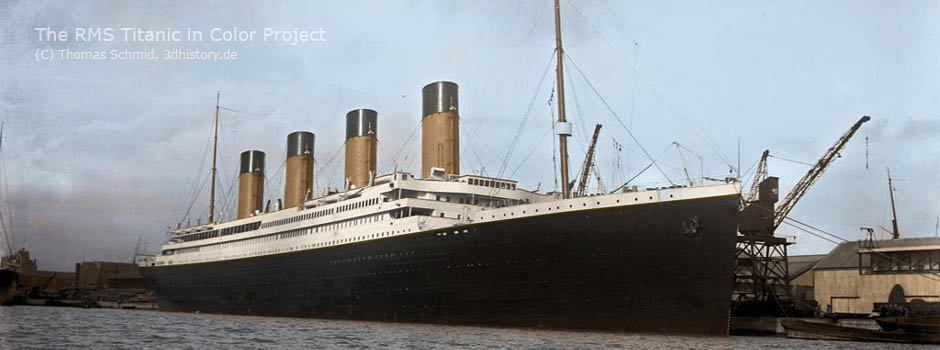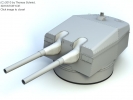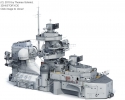The British Army’s most successful tank in the opening campaigns of the Second World War
This photos are available in the shop. Click to go to the shop
The Matilda II was designed to provide close support for infantry. Its slow speed was compensated by thick armour and a 2-pounder gun capable of dealing with enemy tanks and fortified positions.
Development began in the 1930s and the first batch of Matilda IIs were just entering service when war broke out in September 1939. They performed with distinction during the Battle of France in 1940. It was in the Western Desert campaigns of 1940 and 1941 that the Matilda proved in worth, dominating the North African battlefields for almost a year. Its supremacy was ended with the arrival of superior German equipment in 1941. The Afrika Korps’s weapons, especially the 88mm Flak gun, made the Matilda appear slow, undergunned and inadequately armoured. The tank was withdrawn from North Africa in 1942.
The Matilda continued to serve in other theatres, notably in New Guinea and Russia. Several special variants were produced, including mine clearing and flame throwing versions.
This tank, one of 2,987 built, was never used in action. A Mark V version, it served during and after the war with various Royal Armoured Corps Training Regiments in Britain. It arrived at the Museum in 1964.
Technical specifications:
CREW: Four
ARMAMENT:
One 2-pounder gun
One Besa 7.92mm machine-gun
ENGINE: Two Leyland diesel, Type E171
ARMOUR: 3 inches (7.6 cm)
DIMENSIONS:
Length: 18ft 5in (5.6m)
Width: 8ft 6in (2.6m)
Height: 8ft 3in (2.5m)
WEIGHT: 25 tons (25,401kg)
SPEED: 15mph (24kph)








